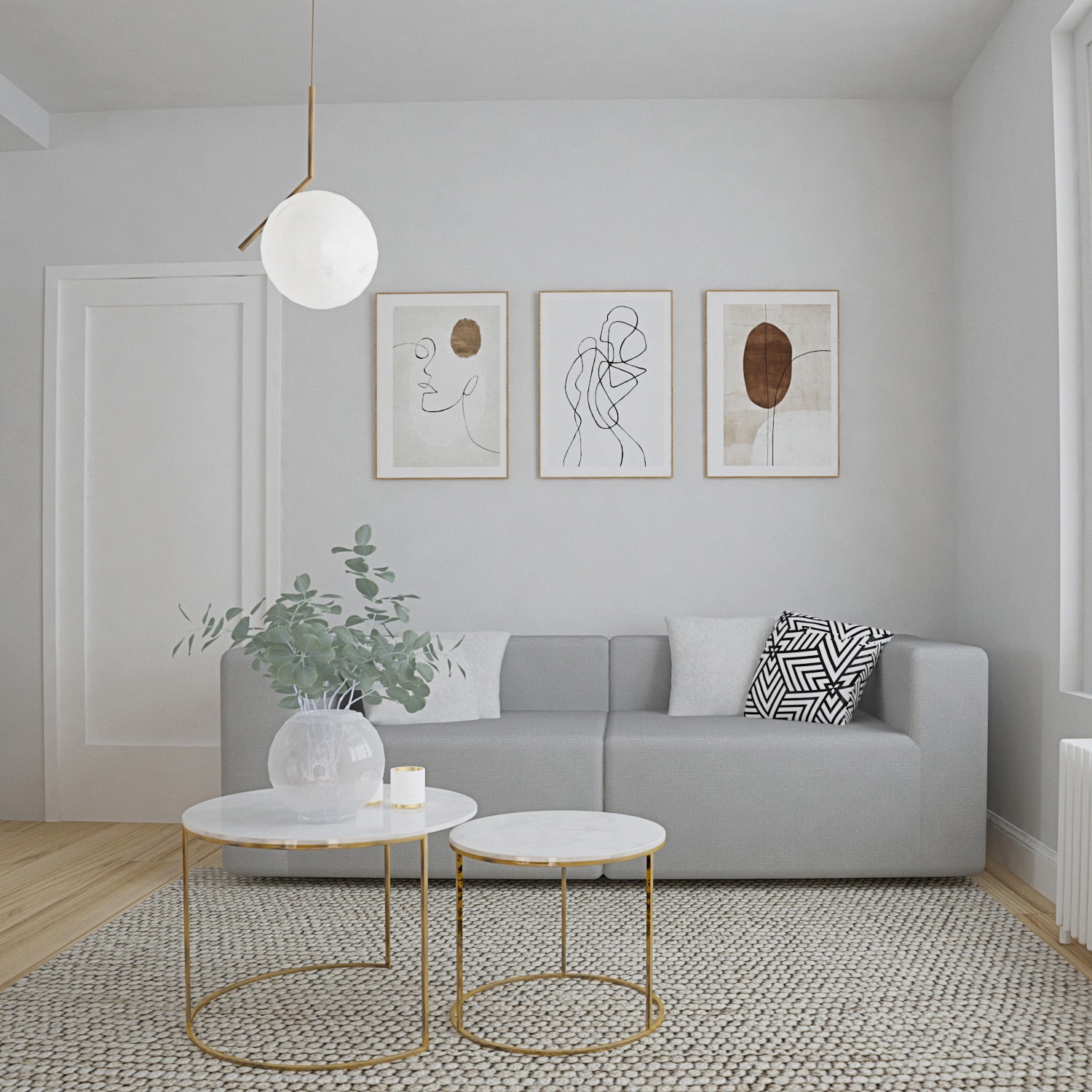Unlocking the Beauty of White Interior: A Comprehensive Guide
Step into a world where white interiors reign supreme, creating a canvas of endless possibilities. From the psychological impacts to the design elements that enhance its beauty, this guide delves deep into the allure of white interior design.
Discover how to maintain the pristine look, decorate with flair, and embrace the elegance of white interiors like never before.
Benefits of White Interior

White interiors have numerous benefits that go beyond just aesthetics. Let's explore some of the advantages of incorporating white into your interior design.
Psychological Effects of White Interiors
White is often associated with purity, cleanliness, and simplicity. It can create a sense of calm and tranquility in a space, making it ideal for relaxation areas like bedrooms or living rooms.
White Interiors Make a Space Look Larger and Brighter
White reflects light, making a room appear more spacious and airy. This is especially beneficial for small rooms or spaces with limited natural light, as white can help open up the area and make it feel more inviting.
Versatility of White Interiors in Different Design Styles
One of the great things about white interiors is their versatility. White can be incorporated into various design styles, from minimalistic and modern to classic and traditional. It serves as a neutral backdrop that allows you to easily change up the look and feel of a room by adding different accent colors or textures.
Design Elements for White Interiors
White interiors offer a timeless and versatile canvas for design, allowing for various elements to be incorporated seamlessly. From textures to lighting, each design element plays a crucial role in enhancing the overall aesthetic of a white interior.
Texture
Adding textures to a white interior is essential to create depth and visual interest. Textures can range from rough to smooth, matte to glossy, creating a dynamic contrast against the clean backdrop of white walls or furniture. Consider incorporating elements like plush rugs, velvet throw pillows, or rattan furniture to add warmth and dimension to the space.
Lighting
Lighting is a key component in enhancing a white interior design. Proper lighting can highlight architectural features, furniture pieces, and artwork, creating focal points within the space. Utilize a mix of ambient, task, and accent lighting to create a well-balanced and inviting atmosphere.
Consider incorporating statement light fixtures, such as chandeliers or pendant lights, to add a touch of elegance to the white interior.
Maintaining White Interiors
To keep your white interiors looking clean and pristine, it is essential to establish a regular cleaning routine that targets dirt, dust, and stains. By following some simple tips and strategies, you can prevent discoloration or yellowing of white surfaces, ensuring they retain their brightness and elegance for years to come.
Regular Dusting and Vacuuming
One of the most effective ways to maintain white interiors is by regularly dusting and vacuuming all surfaces
Avoiding Stains and Spills
Preventing stains and spills is crucial in preserving the pristine look of white interiors. Be cautious when using colored liquids or foods near white surfaces, and clean up any spills immediately to prevent them from seeping into the material. Consider using coasters, placemats, and protective covers to minimize the risk of stains on white furniture and countertops.
Choosing the Right Cleaning Products
When cleaning white interiors, it is important to use gentle and non-abrasive cleaning products that are specifically formulated for delicate surfaces. Avoid harsh chemicals and abrasive cleaners that can damage or discolor white materials. Opt for mild soap, white vinegar, or baking soda solutions to clean white surfaces effectively without causing any harm.
Spot Cleaning and Maintenance
For localized stains or marks on white surfaces, spot cleaning is the best approach. Use a clean cloth dampened with a mild cleaning solution to gently blot the stain, avoiding excessive rubbing or scrubbing. Regular maintenance, such as wiping down surfaces and checking for any signs of discoloration, can help prevent major cleaning challenges and keep white interiors looking fresh.
Decorating with White Interiors
When working with a white interior, adding pops of color can create visual interest and prevent the space from feeling too stark or clinical. By incorporating colorful accents strategically, you can enhance the overall aesthetic appeal of the room.
Adding Pops of Color
One way to introduce color into a white interior is through accessories such as throw pillows, rugs, curtains, or accent furniture. Bold, vibrant hues like deep blues, rich greens, or warm oranges can make a striking contrast against the white backdrop.
Consider using colorful artwork or decorative elements to inject personality and warmth into the space.
Accessorizing White Spaces
Artwork plays a crucial role in breaking the monotony of a white interior. Hang colorful paintings or prints on the walls to add a focal point and create visual interest. Decorative elements like vases, sculptures, or plants can also introduce texture and dimension to the room.
Metallic accents such as gold or copper can provide a touch of luxury and sophistication.
Embracing Minimalism
The concept of minimalism aligns well with white interiors, as it emphasizes simplicity, clean lines, and a clutter-free environment. Opt for sleek, minimalist furniture with neutral tones to maintain a cohesive look. Keep decorative elements to a minimum to allow the white space to shine and create a sense of calm and serenity.
Wrap-Up

As we draw the curtains on this exploration of white interiors, we leave you with a newfound appreciation for the timeless charm and versatility it brings to any space. Embrace the purity of white and watch your living spaces transform into havens of tranquility and sophistication.